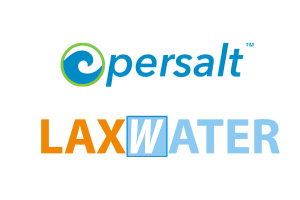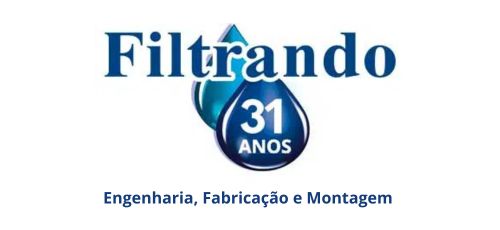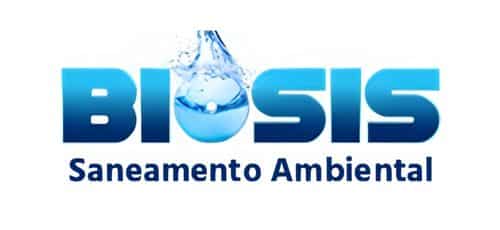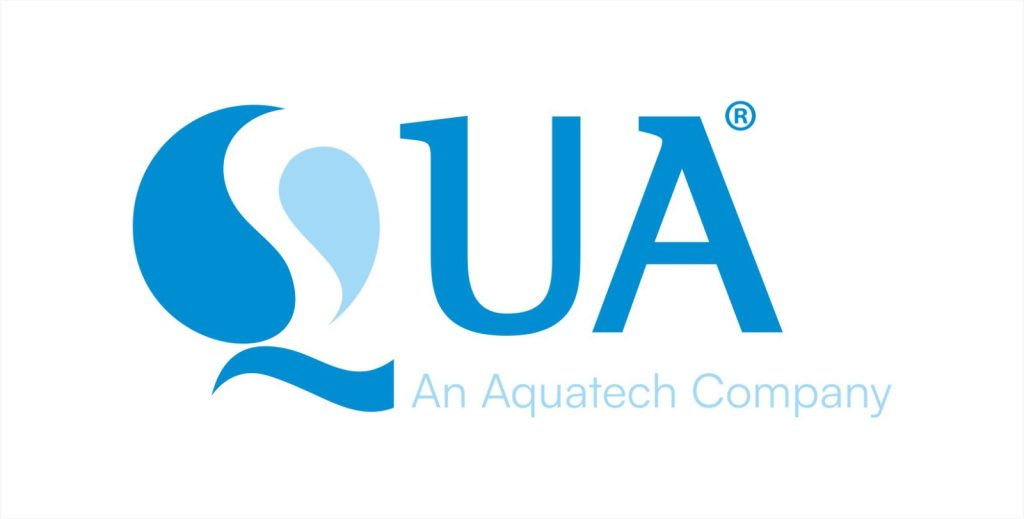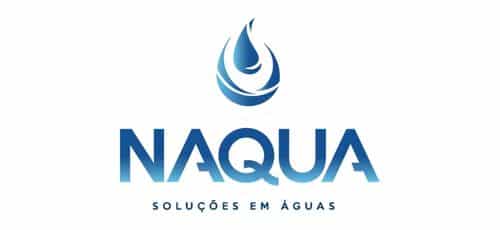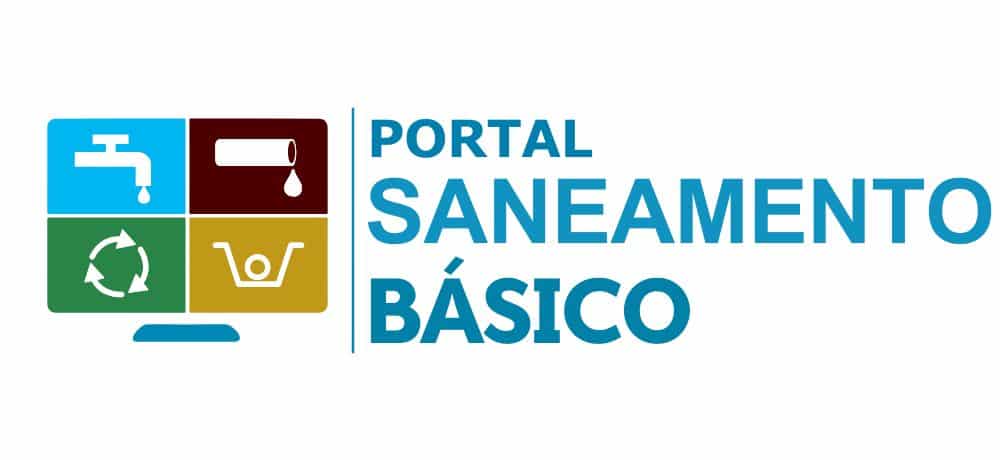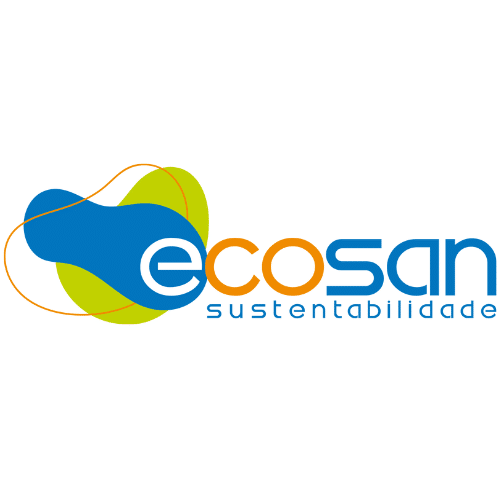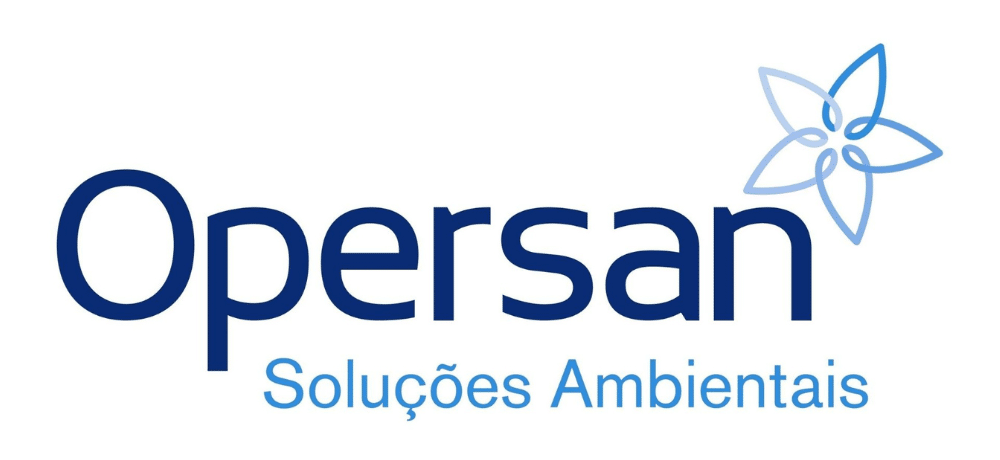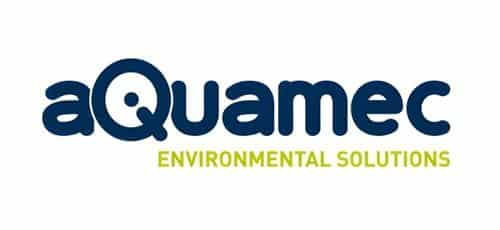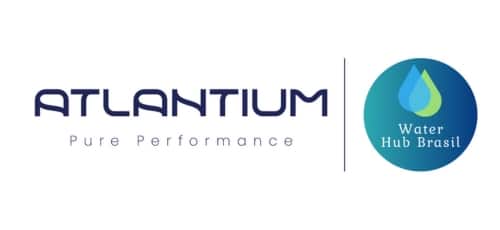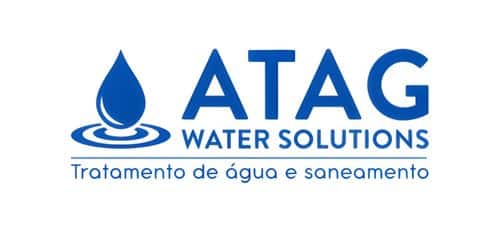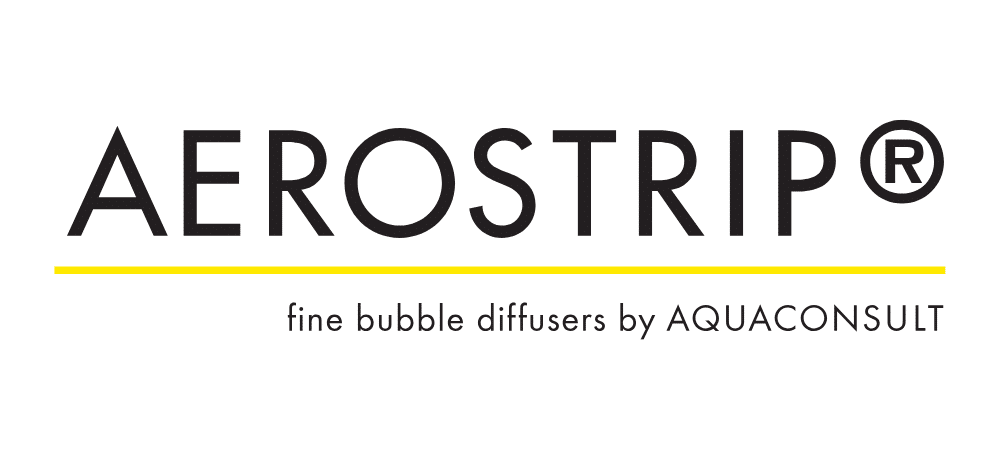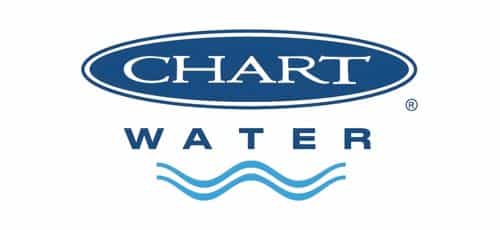Os antibióticos presentes no esgoto doméstico estão tornando as bactérias mais resistentes e é um problema que pode causar 10 milhões de mortes por ano se não for controlado.
A resistência a antibióticos é um desafio urgente da saúde pública mundial. Nas últimas décadas, houve um aumento generalizado da utilização de antibióticos tanto na saúde humana quanto na medicina veterinária. Além disso, existe um enorme mercado para antibióticos em produtos de higiene pessoal, limpeza doméstica e desinfecção de superfícies ( bancadas, ferramentas e utensílios diversos ). Como os agentes antibióticos têm sido utilizados mais amplamente nos últimos anos, os microrganismos tem se tornado cada vez mais resistentes a eles. Agora, é comum ver agentes antibióticos que funcionavam bem há 20 anos atrás, e que hoje não mais apresentam eficácia.
Agentes Antibióticos e Águas Residuais
Os resíduos antibióticos podem entrar no ambiente aquático através de efluentes de indústrias envolvidas na produção de antibióticos ou pela eliminação direta ( intencional ou não ) no sistema de saneamento ( efluentes líquidos ou resíduos sólidos ). Além disso, uma quantidade significativa dos antibióticos é descartada pelas fezes humanas, numa forma ainda biologicamente ativa.
Os antibióticos presentes em águas residuais são um problema potencial em pelo menos de duas formas : Primeiro, na saúde humana através da ingestão de contaminantes químicos; Segundo, no meio aquático, caso as bactérias mais resistentes mudem a biodiversidade natural dos ecossistemas.
Além disso, também há uma preocupação com os contaminantes emergentes, como microplásticos e nanomateriais.
Confira o artigo publicado pelo website Water Online na íntegra:
Antimicrobials coursing through wastewater are making bacteria stronger, a problem that could lead to 10 million deaths per year if left unchecked.
Antimicrobial resistance is a worldwide public health emergency. In the last few decades, there has been widespread and increased use of antibiotics in both human and veterinary medicine. In addition, there is a huge market for antibacterial agents in personal care products (such as soap), in disinfectants, and as surface coatings on containers and appliances. As antimicrobial agents have been used more widely, microorganisms have become increasingly resistant to them. It is now commonplace for antimicrobial agents, which could be relied upon 20 years ago, to fail.
The increased use of antimicrobial agents is influenced by an increasing population, an aging population, longer survival of people with complex illnesses, changes in food production systems, and by other social and economic factors. Infection associated with antimicrobial-resistant bacteria results in significant increases in healthcare costs, morbidity, and mortality. The World Health Organization (WHO) has ranked antimicrobial resistance as a “major threat to human health.”1 The European Centre for Disease Prevention and Control (ECDC) estimates that antimicrobial resistance results in 25,000 deaths and related costs of over €1.5 billion in healthcare expenses and productivity losses in Europe annually.2 The Review on Antimicrobial Resistance commissioned by the UK Government estimates that if appropriate action is not taken, by the year 2050, 10 million deaths each year will be due to antimicrobialresistant organisms at a global economic cost of $100 trillion USD.3 It is increasingly recognized that an intersectoral approach is required to mitigate the problem of antimicrobial resistance. The May 2015 World Health Assembly adopted the Global Action Plan on Antimicrobial Resistance,1 which endorses a “One Health” approach to tackle the issue. The One Health concept recognizes that there is a relationship among human health, animal health, and the environment, and that the well-being of each sector is influenced by the others.
Antimicrobial Agents and Wastewater
Antimicrobial residues can enter the aquatic environment in effluent from industries involved in the production of antimicrobial products or following direct disposal (intentional and unintentional) into waste streams (landfill and wastewater). In addition, a significant quantity of the antimicrobial agents used therapeutically in human and veterinary medicine is shed into waste streams in urine or feces, in a form that is still biologically active. In most of Europe, hospital effluent is released into the urban wastewater system without any specific measurement of antimicrobial levels or antimicrobialresistant bacteria and without any pretreatment. Despite European Union (EU) directives, many European countries lack appropriate policies with regard to disposal of unused pharmaceuticals including antimicrobial agents.4
Antimicrobial agents in water and wastewater are a potential problem in two ways: First, there is potential for direct human health effects through ingestion as chemical contaminants; second, there is potential harm if they change the microorganisms in the water. The immediate public health concern regarding the effect of antimicrobial agents in water is that microorganisms in water change to become more antimicrobial-resistant. There is also concern that antimicrobial agents may change the natural balance in the microbial ecosystem. Changes in the microbial cells and populations can last long after the antimicrobial agent has broken down or been removed. If people drink the water or swallow it during recreation, this may help to spread antimicrobial-resistant microorganisms over a large population very quickly.
In research funded by the Irish Environmental Protection Agency (EPA), urban wastewaters and two wastewater treatment systems (one of the systems receives and treats effluent that includes effluent from a major hospital, and the other does not) were examined for the presence of antimicrobial residues and antimicrobial-resistant bacteria.5 A computer model was developed and identified quinolones/fluoroquinolones as a group of antimicrobial agents with very high resistance formation potential and very low rates of degradation in the aquatic environment (50 percent after 100 days for fluoroquinolones, compared to 99.8 percent for penicillin after 100 days).5,6 A separate model revealed the mean predicted concentrations of ciprofloxacin were 579 mg/ m3 — equivalent (579) in micrograms (μg)/L — in hospital effluent, compared with 0.15 mg/m3 in seawater receiving effluent from a wastewater treatment plant (WWTP). Based on these predicted concentrations, it is highly unlikely that a swimmer in receiving waters would be exposed to levels of these antimicrobial agents that exceed the acceptable daily intake of 12 μg per kilogram of body weight (kg BW)/day.5,7 Rodriguez-Mozaz et al. (2015) recently reported detection of fluoroquinolones at a concentration of 4.7 + 0.1 nanograms (ng)/L upstream of a wastewater treatment plant.8
The presence of antimicrobial residues in the environment can be difficult to detect due to their low concentration, but this doesn’t mean they are not having an adverse impact on microbial biodiversity, and potentially on human health, through resistance formation. Currently, environmental quality standards for pollutants are determined based on their direct toxicity or other effects on representative organisms. For antimicrobial agents, it would be prudent to also consider their resistance formation potential.
Antibiotic-Resistant Bacteria and Wastewater
Patients in major hospitals and residents of long-term care facilities use large amounts of antimicrobial agents and consequently may have antibiotic-resistant bacteria resident in their gut, large numbers of which are passed into the toilet every day.9 E. coli is a very common gut bacteria and a very common cause of infection (common infections such as urinary tract infection and life-threatening infections such as blood stream infection) and has become increasingly resistant to antibiotics in recent decades.
In most European countries, urban wastewater is treated in WWTPs before discharge to the environment. The value of wastewater treatment in reducing antimicrobial-resistant bacteria numbers has been examined in a number of studies. Some researchers report that wastewater treatment helps to reduce the proportion of antimicrobial-resistant bacteria, while others suggest that the treatment process may increase the proportion. The differences in the findings may be because WWTPs differ in the effluent they receive and in the treatment processes used, and because season and rainfall may also impact on findings. Proia et al. (2016) demonstrated that WWTP effluent favors the persistence and spread of antimicrobial resistance in aquatic microbial communities.10 A meta-analysis of previous research in this area reveals that WWTP processing appears to increase the proportion of resistant bacteria (odds ratio of 1.60, 1.33, and 1.19 for multiple antimicrobial-resistant bacteria, single antimicrobial-resistant E. coli, and quinoloneor fluoroquinolone-resistant bacteria, respectively).5, 11 This may suggest that antimicrobial-resistant bacteria are better able to survive the wastewater treatment process, although analytical data from the same study indicates unequivocally that the total number of antimicrobial-resistant E. coli is greatly reduced by wastewater treatment, even if the proportion is somewhat increased.5 There is a need for further research to understand how the secondary wastewater treatment process may impact the development of antimicrobial resistance — in particular, what drives the development of resistance in effluent and what helps to maintain it.
Emerging Contaminants
In addition to antimicrobial agents and antimicrobial-resistant bacteria, other emerging contaminants of concern include microplastics and engineered nanomaterials (ENMs). Microplastics and ENMs have a wide range of potential applications, from everyday uses (such as improvements in fabrics, paints, cosmetics, packaging, etc.) to medical applications, water and soil remediation, and renewable energy production.12 Whereas significant benefits are claimed for their use, there are concerns regarding the potential for adverse impacts on human health and the environment. Based on current available information, it is difficult to predict likely environmental discharges. There is inadequate data on persistence/ transformation in the environment, and such parameters are likely to vary with the nature of the microplastic or ENM and its application. There is no consensus regarding optimal methods for detection of such contaminants in the environment; therefore it is difficult to ascertain to what extent microplastics and ENMs are distributed in aquatic and other environments, to what extent they persist or undergo transformation, and what impact wastewater treatment systems and other processes have on their removal. An ongoing project funded by the Irish EPA is currently examining some of these issues.
Fonte: Water Online
Tradução: Cleyton Cardoso – [email protected]


















































